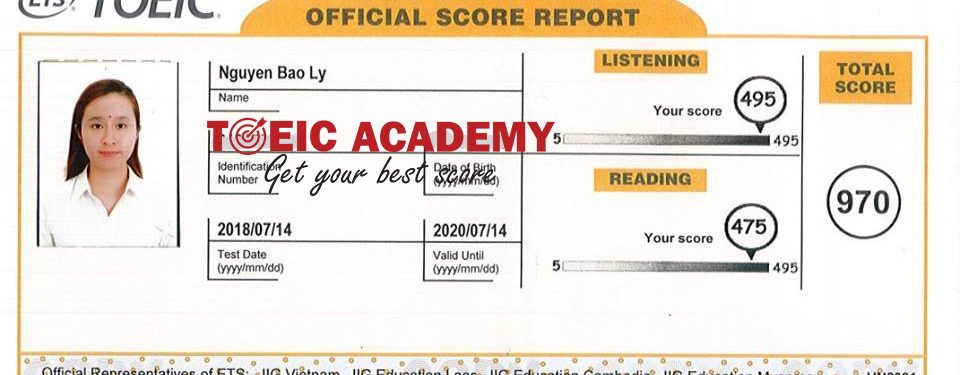Ensuring a well-designed and executed airflow setup within residential or commercial infrastructure plays a crucial role in maintaining hygiene and functionality. Adequate air circulation assists in eliminating potential issues, such as unwanted smells that can arise from stagnant air and waste materials. This aspect of building management should not be overlooked, as it directly contributes to a pleasant environment.
Engaging in professional installation of airflow solutions guarantees that all elements are precisely positioned to facilitate optimal performance. Failure to address this fundamental component can lead to numerous complications, including the buildup of harmful gases and contamination. The right strategies help to mitigate these risks, ensuring a safe atmosphere.
Moreover, effective sanitation airflow systems are designed to prevent odors from permeating living or working spaces. By maintaining the right balance of air pressure and circulation, these systems are essential in promoting the health and comfort of occupants. Recognizing the pivotal role of airflow within these networks is vital for overall system efficiency and well-being.
Understanding the Role of Vent Pipes in Plumbing Systems
Vent pipes play a crucial role in any drainage network, contributing significantly to its efficiency and functionality. Their main purpose is to ensure that air can circulate effectively within the system, which ultimately helps to maintain proper drainage and prevent an array of potential issues.
- Improve airflow: By allowing air to enter and exit the system, vent pipes help to equalize pressure within the drainage lines, facilitating smooth and uninterrupted waste removal.
- Prevent odors: These pipes also minimize the buildup of harmful gases and unpleasant smells, ensuring that noxious odors escape into living spaces.
- Support plumbing ventilation: They work in tandem with drains to ensure the safe removal of wastewater and to keep the plumbing system functional.
Ensuring that vent pipes are correctly installed and maintained is essential for the overall health of your drainage network. Neglected vents can lead to blockages, poor drainage, and even structural damage over time.
For more information about maintaining a healthy plumbing environment, visit https://saviorleakdetection.com.
Common Ventilation Issues and Their Impact on Plumbing Performance
Failure to maintain adequate airflow can lead to several issues that hinder the functionality of a drainage network. One prevalent problem is the build-up of sewer gases, which can result in unpleasant odors permeating through living spaces. This unpleasant experience often signifies that air cannot effectively circulate, indicating a need for enhanced ventilation.
Another significant concern arises from insufficient or blocked vent pipes. When these channels are clogged, it can cause slow drainage and backflow, severely affecting the efficiency of the waste removal process. Homeowners may notice gurgling sounds in fixtures, indicating trapped air attempting to escape through inadequate pathways.
Inadequate airflow can also lead to water seal failure within traps. When negative pressure builds up in the drainage system, it can siphon water out of traps, exposing dwellings to harmful fumes and unpleasant odors. Maintaining a consistent air balance is crucial to prevent such scenarios.
Professional installation of vent components is essential in minimizing these issues. Experts are equipped to identify potential pitfalls during the design phase, ensuring that airflow is optimized and obstructions are avoided. Regular inspections and maintenance also play a key role in sustaining the functionality of ventilation frameworks, ultimately enhancing overall plumbing performance.
Addressing these common issues not only improves comfort in a living environment but also safeguards the health of its occupants. Prioritizing effective air management contributes to a more reliable and efficient waste handling operation.
Best Practices for Ensuring Adequate Airflow in Plumbing Installations
Implementing strategic measures can greatly enhance airflow within drainage frameworks. Ensure all air ducts are free from blockages, allowing smooth passage for gases and odors. Regular inspections and cleaning of vent pipes will contribute significantly to maintaining an efficient system.
Utilizing larger vent pipes where feasible can help prevent odors from accumulating. This adjustment will create more space for airflow, minimizing resistance and improving overall functionality.
In addition, including additional vents, particularly in long or complex networks, can amplify circulation. This improvement assists in balancing pressure, ensuring that gases efficiently escape and do not interfere with the drainage process.
Positioning vents properly is also crucial. Vents should be strategically placed to maximize their effectiveness, avoiding sharp turns that can hinder airflow. Keeping these lines as straight and direct as possible will support optimal exchange within the installation.
Finally, regular awareness training for homeowners and maintenance staff regarding common indicators of airflow issues can prevent serious concerns down the line. This proactive approach ensures an efficient and odor-free environment.

































 Tháng Một 15th, 2025
Tháng Một 15th, 2025  Vui Nguyễn
Vui Nguyễn 



 Posted in
Posted in 













Comments